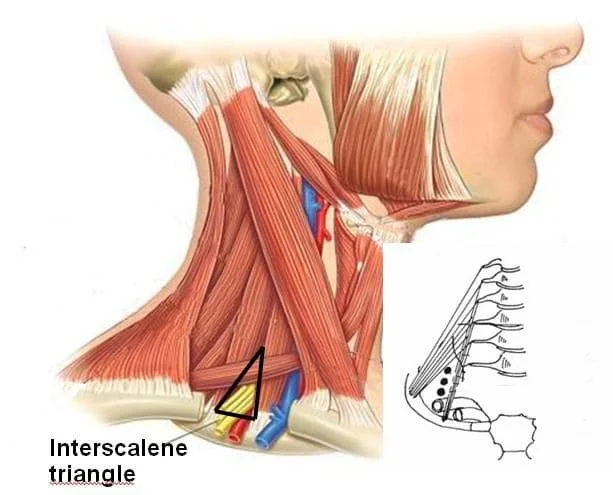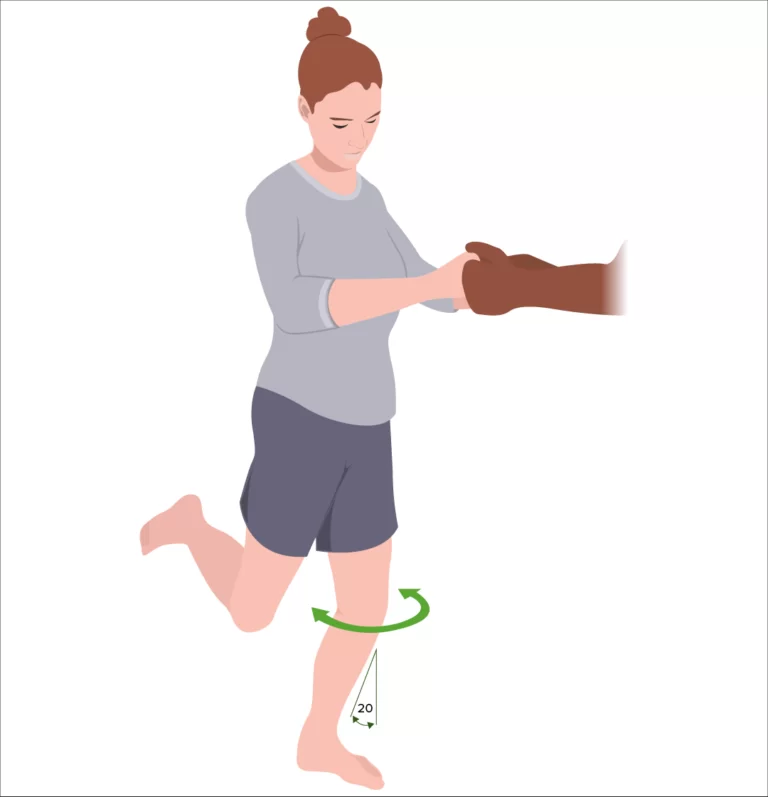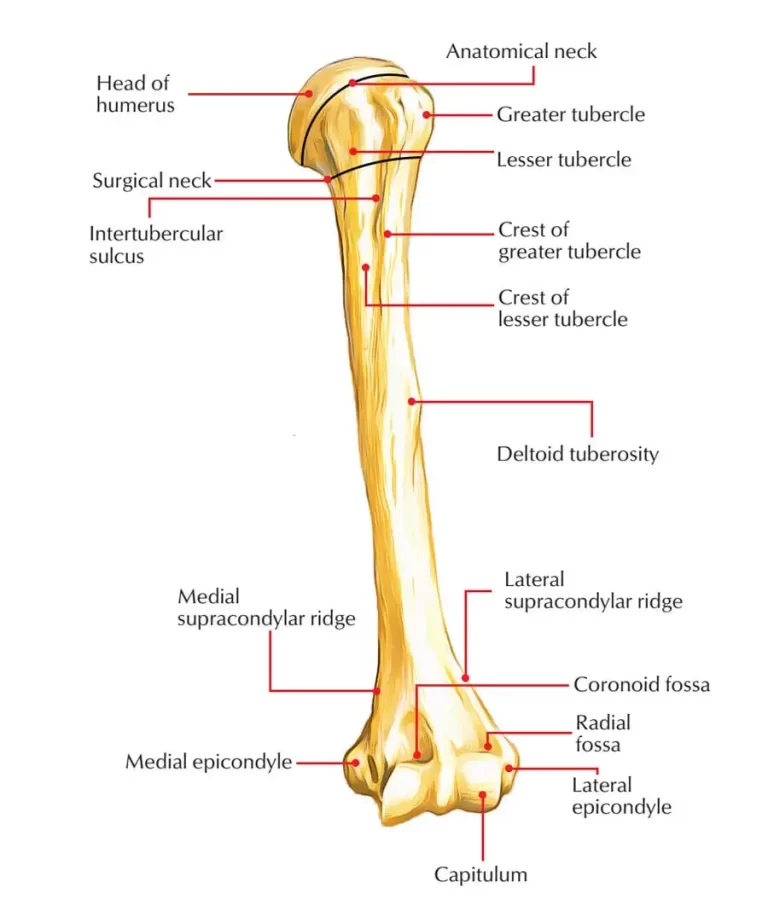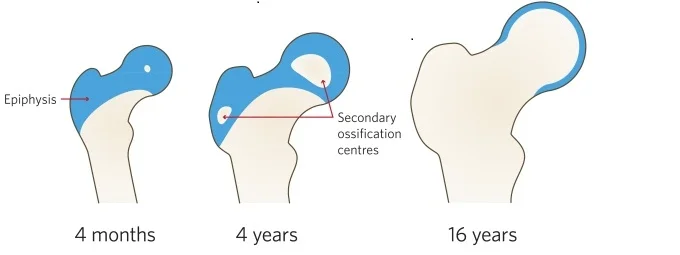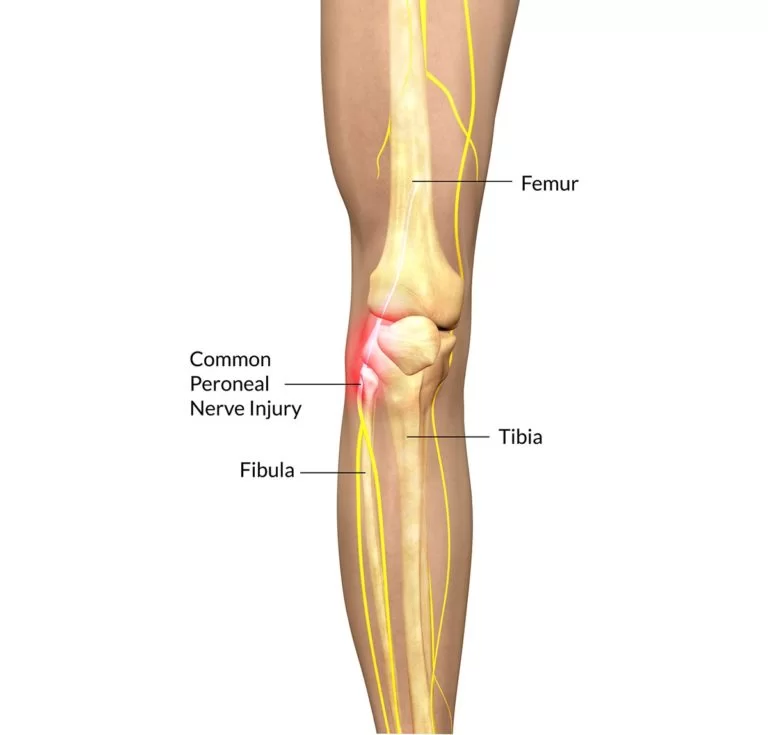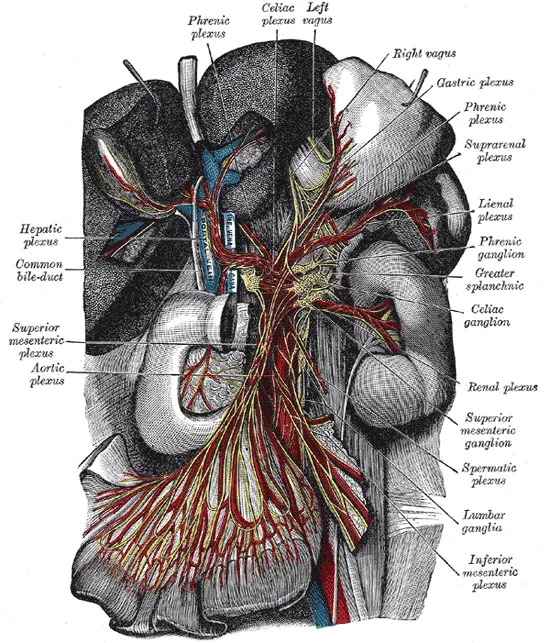Medial cutaneous nerve of the forearm
Introduction
The medial cutaneous nerve of the forearm, this nerve is also called the medial antebrachial cutaneous nerve, is a branch of the medial cord of the brachial plexus and it supplies the anterior and medial region of the forearm as far distal as the wrist.
Gross anatomy
Origin
The medial cutaneous nerve of the forearm is getting arises from the medial cord of the brachial plexus and collects fibers from the eighth cervical and first thoracic nerve roots.
Course of a medial cutaneous nerve of the forearm
The medial cutaneous nerve of the forearm is a large nerve that gets arises from the medial cord of the brachial plexus. Initially, it runs parallel to the ulnar nerve. The nerve then pierces the deep fascia around the mid-arm, along with the basilic vein to enter the subcutaneous tissues of the forearm. The medial cutaneous nerve of the forearm splits into anterior and posterior (or volar and dorsal ) end branches.
Branches and supply
The anterior branch or volar branch of the medial cutaneous nerve of the forearm is typically larger and normally passes the anterior aspect to the basilic vein. The nerve then goes down on the anteromedial aspect of the forearm distributing small cutaneous branches to the ulnar side of the forearm as far as the wrist. Distally the anterior branch conveys with the palmar cutaneous branch of the ulnar nerve.
The posterior branch (ulnar branch) passes obliquely downward along with the medial side of the basilic vein to the posterior aspect of the forearm and descends on its ulnar side giving off small cutaneous end branches along with its course. The posterior branch conveys the medial cutaneous nerve of the arm and the posterior cutaneous nerve of the forearm, a branch of the radial nerve.
Relations
initially, it runs between the axillary artery and the axillary vein in the front of the ulnar nerve where it pierces the deep fascia of the arm along with the basilic vein
Variant anatomy
abnormal communication between the medial cutaneous branch of the forearm and the radial nerve has been reported in isolated cadaveric dissections.
FAQ
What structures are supplied by the medial cutaneous nerve of the forearm supply?
Specifically, the medial cutaneous nerve gives a sensory supply to the medial forearm as well as the skin overlying the olecranon.
It appears from the medial cord of the brachial plexus and has sensory cell bodies situated in C8 and T1.
How do you test for median nerve damage?
Physical Examination
Press down or tap along the median nerve on the palm side of the wrist and hand to see if it causes any tingling sensation in the fingers (Tinel’s sign).
Bend and hold the wrists in a flexed position to test for numbness or tingling in the hands.
What happens if there is damage to a cutaneous nerve?
Cutaneous nerves are responsible for the sensation in the skin. When one or more of these nerves get damaged during a foot or ankle surgery, the patient may experience pain, numbness, or tingling in the area which is supplied by the injured nerve.
Where does the medial cutaneous of the forearm come from?
The medial cutaneous nerve of the forearm (C8, T1) is an entirely sensory nerve, and this is the smallest branch of the brachial plexus. It gets originates from the medial cord in the infraclavicular region.
Where does the medial cutaneous nerve branch from?
the brachial plexus
The medial cutaneous nerve of the forearm, also called the medial antebrachial cutaneous nerve, is a branch of the medial cord of the brachial plexus and it supplies the anterior and medial regions of the forearm as far distal as the wrist.
What causes damage to the median nerve?
The most common cause is trapping (entrapment) by a ligament in the wrist. Trapping applies pressure on the nerve where it passes via the narrow area. Wrist fractures may directly injure the median nerve, it may increase the risk of trapping the nerve later on.
What are the symptoms of median nerve damage or problems?
Hand or wrist pain, numbness, weakness, or tingling sensations.
Hand pain that wakes you at night or disturbs your sleep.
Pain, burning, or tingling sensation in the forearm region.
Problems in grasping objects, writing, or using a keyboard.
Tenderness or pain in the elbow region.
How do you test for median nerve damage?
Physical Examination
Press down or tap along the median nerve on the palm side of the wrist and hand to see if it causes any tingling in the fingers (Tinel’s sign).
Bend and hold the wrists in a flexed position to test for numbness or tingling in the hands.
How deep are cutaneous nerves?
The medial cutaneous nerve can be picked from the distal border of the axillary groove to below the elbow (10–12 cm). In the forearm, it is situated medially (8–10 cm), close to the brachial vein, where it split into three branches


